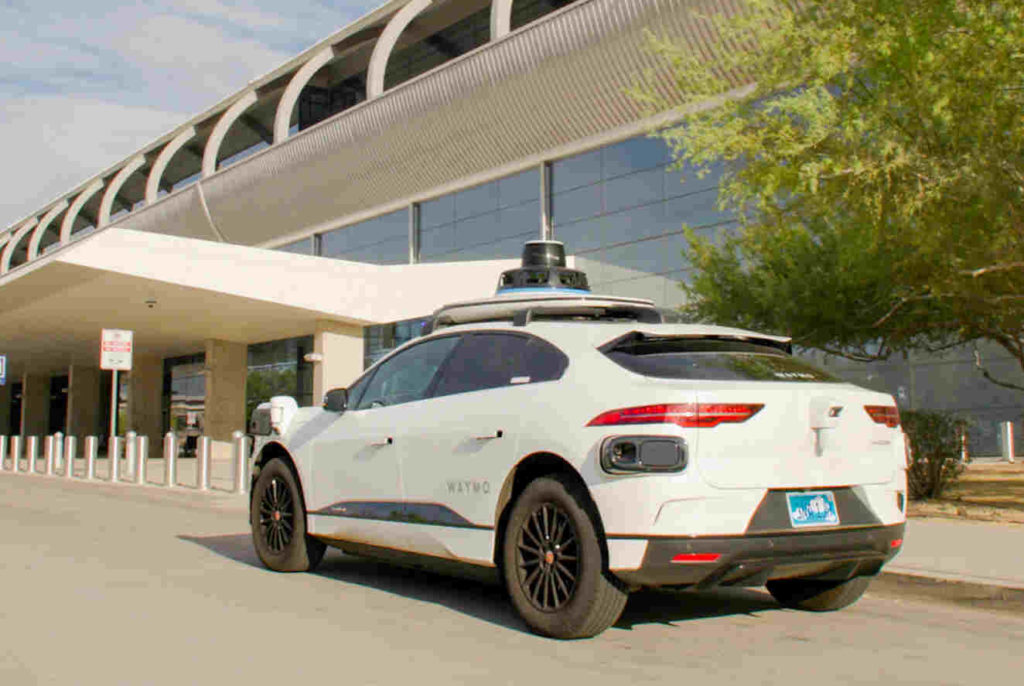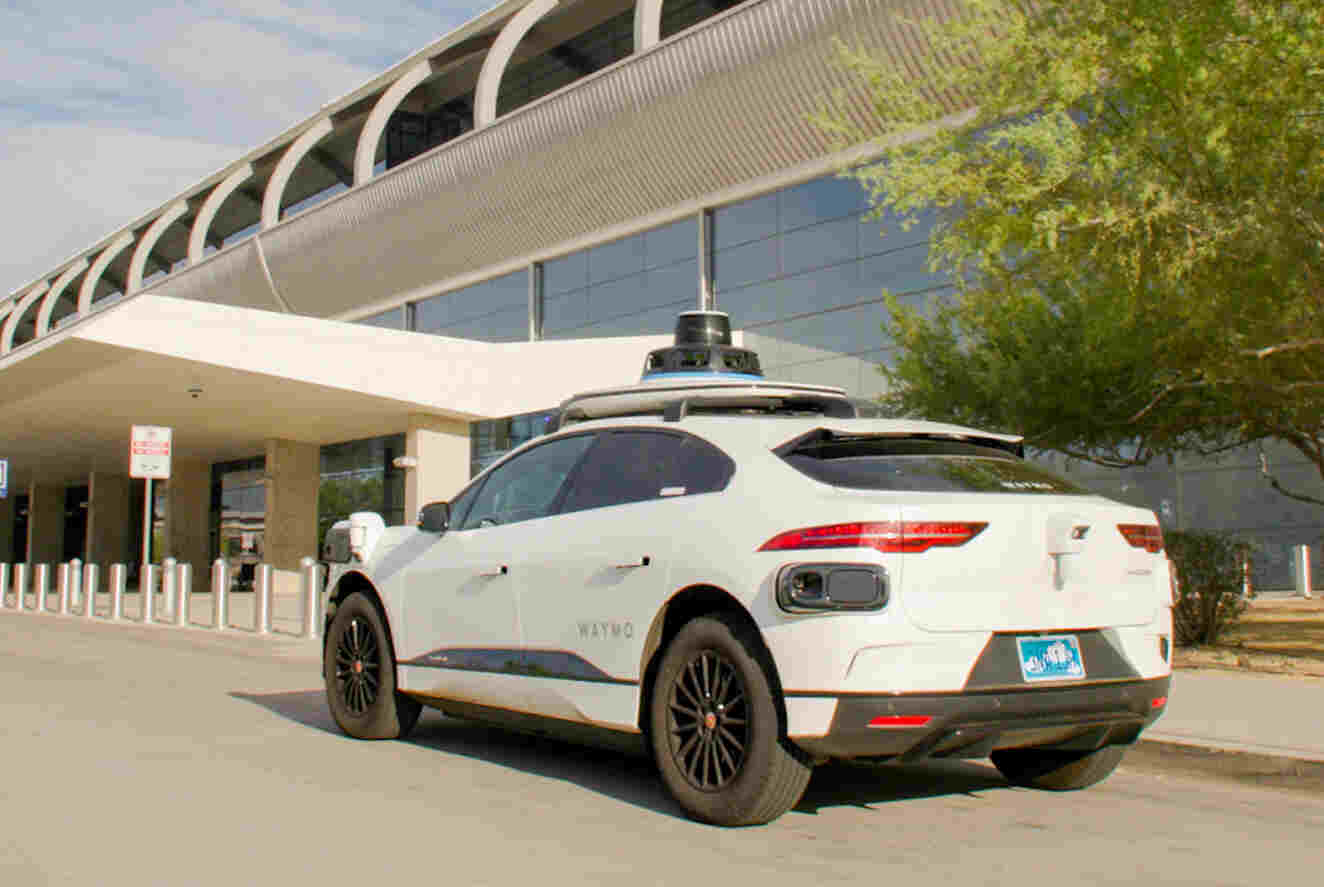What are Robotaxis?
Robotaxis or driverless taxis are autonomous cars operated for a ridesharing company. They seem to be the answer to many problems: developers claim that they are safer, greener and easy to use compared to ordinary cab-hailing services.
Benefits of Driverless Taxis
They could have an incredibly positive impact on road safety and congestion problems in big cities. If most of these cars are electric, robotaxis are capable of reducing pollution and consumption of energy since they can effectively replace fossil fuel powered individually owned vehicles.
Robotaxis can bring down operating costs by eliminating the need for human drivers – while this is a threat to the large number of contract workers who drive for cab hailing companies, it might increase the popularity of using greener transport alternatives over private cars.

Why aren’t they popular yet?
The problem isn’t that there’s no such thing as fully autonomous transport—we’re not there yet. Robotaxis are still far from being 100% automated and able to drive themselves wherever you want them to go. They need human interaction to ensure they stay on course or navigate safely through traffic. And even then, there’s no guarantee that everything will go smoothly—the system simply isn’t foolproof yet.
Robotaxis is not a viable replacement for human drivers because they lack the human element. They cannot respond to unexpected situations, and they still need to be capable of anticipating delays or taking detours.
This means that robotaxis would need to be supplemented with human drivers for a variety of reasons:
- To handle unexpected conditions that arise during a ride, like traffic jams or construction zones.
- To help navigate areas where GPS signals are weak or unavailable (like rural areas).
- To allow passengers who are visually impaired or otherwise disabled access to transportation options like UberPOOL or Lyft Line that require an extra human driver to assist them.
We know that people wanted this technology yesterday, but it’s just not going to happen any time soon.

